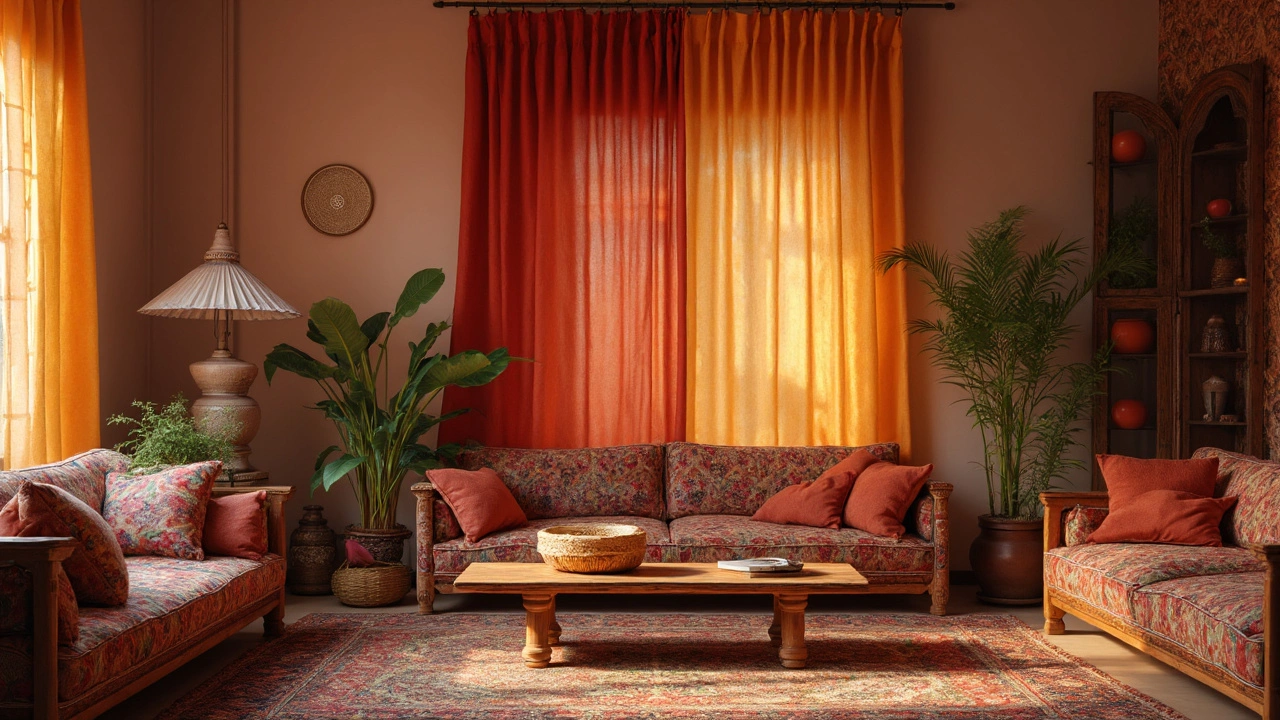
Curtains vs. Furniture: Light or Dark Match?
Choosing between lighter or darker curtains than your furniture can make a significant difference in your room's vibe. Lighter curtains often create an open feel, ideal for smaller spaces, while darker curtains can add depth and richness, suited for larger areas. Ultimately, the decision boils down to personal preference, but understanding the impact on aesthetics can guide your choice. Mix and match wisely to achieve the desired look and feel in your living space.
View More